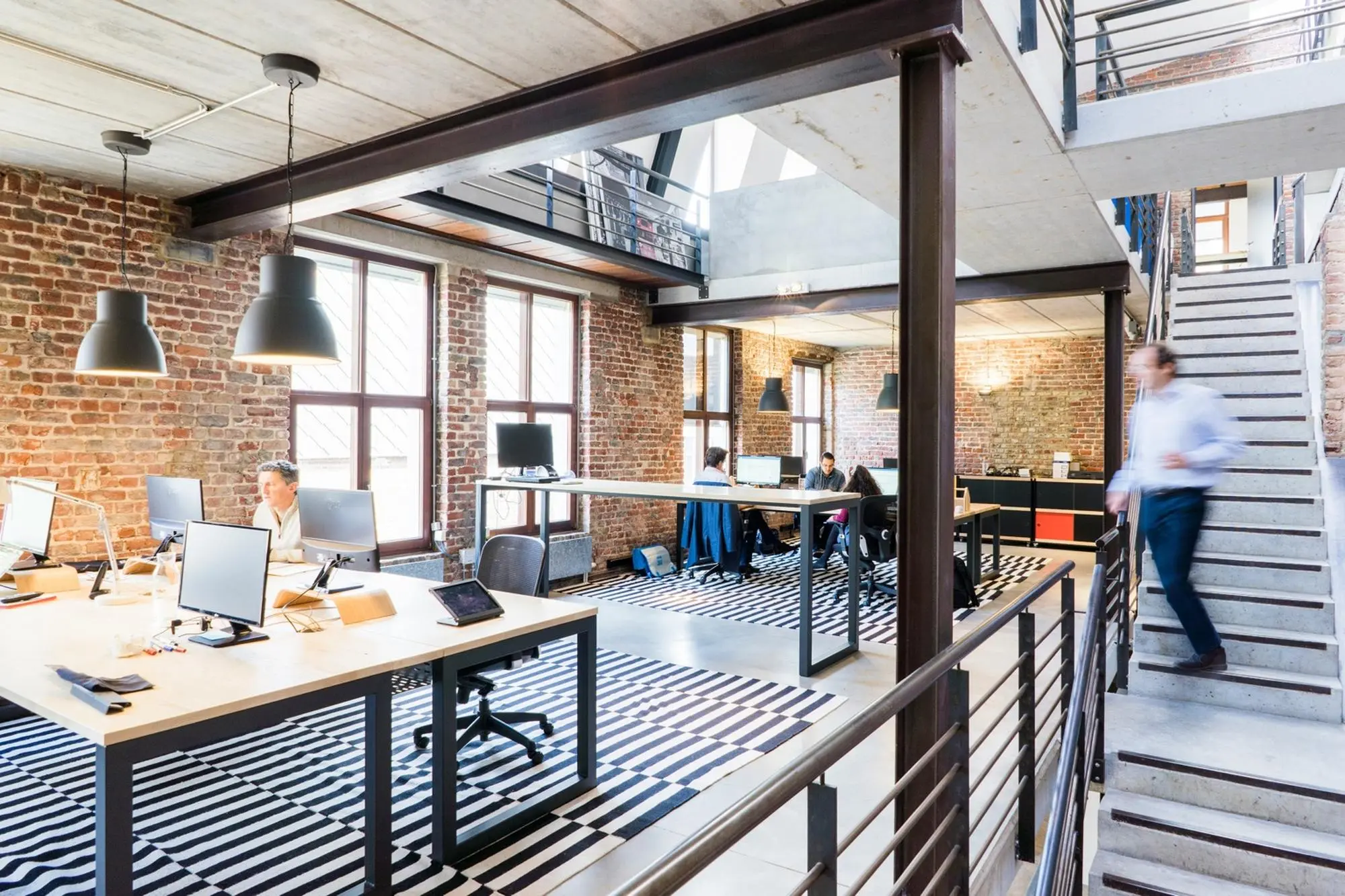Drawing on the methods of Lean UX and its initial version design thinking, the starting point of my approach is centered on end-users and your business needs.
01 | Research
Understanding your environment and your customers
Before undertaking a project, it's essential to understand. It's by going out into the field, meeting your users or talking to us that we'll gain a better understanding of who you are and who your customers are. The "field" method allows us to take all stakeholders into account.
UNDERSTAND WHO YOU ARE AND WHAT YOUR NEEDS ARE
Your business needs are a key component of UX. One of the first important steps is to fully understand your business.
- Who are you?
- What are your constraints?
- Where do you want to go?
- What technologies do you use?
UNDERSTANDING YOUR CUSTOMERS
We seek to understand the expectations and needs of future users.
- Who are the end users?
- What are they looking for?
- What devices are they using?
EXAMPLE OF TOOLS USED
- Field studies
- Interviews
- Analytical data
- Audits of existing systems
- Customer journey
02 | Definition
Project scope
At this stage, the direction of the project is defined. What are the project's objectives? Who is the project aimed at? We establish end-user archetypes that will serve us throughout the project's development. These personas describe the different objectives and behaviors observed among users.
EXAMPLE OF TOOLS USED
- Defining measurable objectives
- Personas or proto-personas
03 | Ideation
Generating ideas
I can work alone or as part of a team. The second solution is the most effective, as it generates a maximum number of ideas.
WHY A TEAM?
Because alone you can go fast, but not very far. By taking advantage of everyone's ideas, we can generate new ones. Who says a developer can't sketch out an idea? It's not the artwork that's important, it's the concept.
In the form of workshops, we will develop and select the ideas or concepts best suited to your business. Working as a team also helps to get stakeholders involved, and to achieve greater buy-in for the project.
EXAMPLE OF TOOLS USED
- Brainstorming
- Six-to-one workshops
04 | Design
Test early and often!
The deliverables of this phase are the interactive schematic mock-ups, the concrete element that provides a clear understanding of the interaction between screens and links in the tree structure. Working iteratively as a team and, if possible, with end-users, we'll generate wireframes that we'll make interactive (clickable). Depending on the device, these mock-ups provide a realistic simulation of the future application.
We can test screens quickly and concretely. The sooner we test, the better. And that saves you money. If your budget is limited, you don't necessarily have to go to a specialized lab. The main thing is to test within your budget.
EXAMPLE OF TOOLS USED
- Card sorting
- Information architecture
- Tree structure
- User flow
- Co-design
- wireframes
- Clickable prototypes
- User testing
05 | Interface design
UX is also about good interface design
Your brand identity is brought to the fore, but before starting the design, it's a good idea to discuss it, with the help of trend boards (Moodboards) that help initiate the discussion and guide the design. Based on these indications, a series of graphic mock-ups for the key pages is created. Having developed a large number of wireframes, it's not necessarily necessary to reproduce all the mock-ups. Many of the elements are directly included in the style guide, which serves as a workbook where colors, fonts, element states, etc. are filled in and explained.
EXAMPLE OF TOOLS USED
- Moodboard
- Graphic mock-ups
- Style guide
Iterative and agility
Do your teams use agility? My work is broken down into chunks and carried out in successive cycles, so that progress can be secured and adjustments made. This approach fits in naturally with an agile approach.

